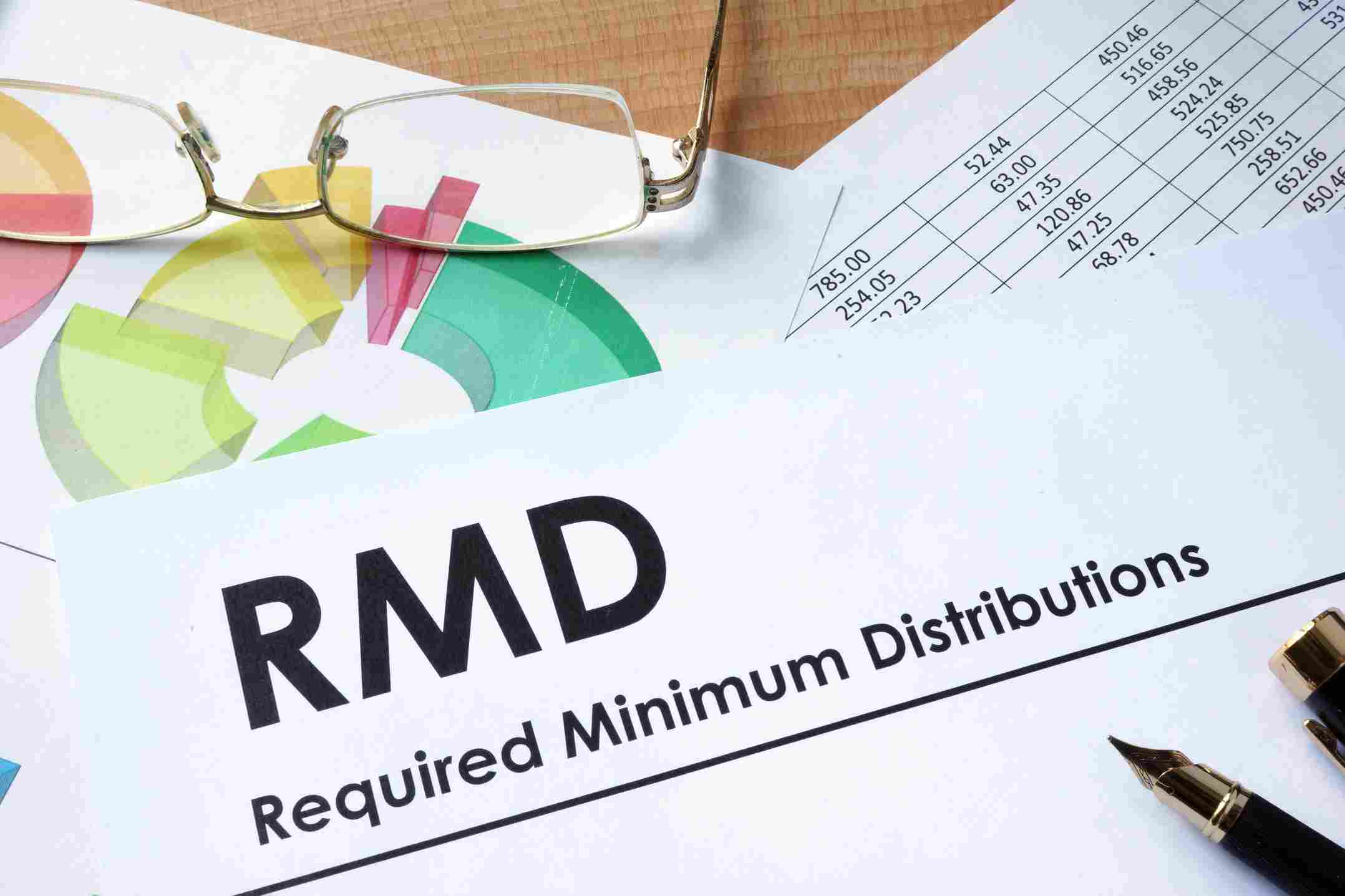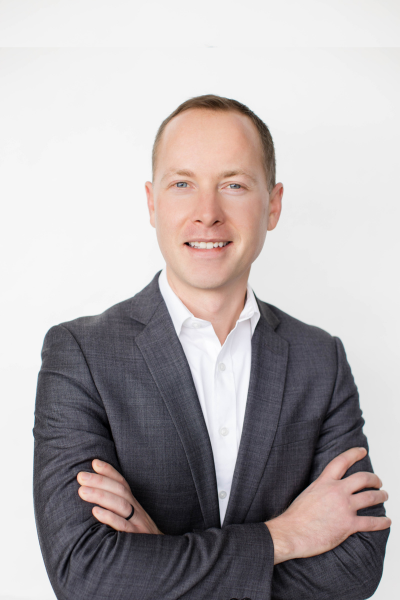SECURE 2.0 Act Provisions and How They May Affect Your Retirement Plans
by Matt Roberts MFM CFP® CAP® Chief Planning Officer | December 29, 2022
On December 23, Congress passed a $1.7 trillion budget bill that included the SECURE 2.0 Act. As you may recall, Congress passed the original SECURE Act in December 2019. The latest round of retirement legislation has implications for many of our clients, so we want to highlight the key provisions that could impact you.

Required Minimum Distributions (RMDs)
Under the current law, you must begin taking RMDs starting the year you turn 72. SECURE 2.0 will change the age to 73 beginning in 2023. This means that those turning 72 in 2023 will get to delay RMDs one more year. The bill increases the RMD age in future years, as well. For those who were born in 1957 or 1958 the RMD age is moved to age 74 and for those who were born in 1959 or after, your RMD is now 75.
Other notable RMD highlights:
- In 2023, the penalty for failure to take an RMD is reduced from 50% to 25% of the RMD not taken.
- In 2024, RMDs will no longer be required for Roth accounts in employer retirement plans.
- There is no change to when you can make a Qualified Charitable Distribution (QCD). That age remains at 70½.
Higher Catch-up Contribution for Retirement Plans
Currently, if you are 50 or older, you can make a “catch-up” contribution to a retirement plan. For a 401(k), this amount is $7,500 in 2023. SECURE 2.0 increases this amount beginning in 2025 for individuals ages 60 to 63. The amount of increase is equal to 50% of the regular catch-up. For example, a 62-year-old could contribute the regular catch-up of $7,500, plus $3,750 (1/2 of $7,500), for a total catch-up contribution of $11,250. Please note that the regular contribution limit ($22,500 in 2023) is unchanged, although it will continue to get inflationary increases.
One caveat: If you earn $145,000 or more the prior year, the entire catch-up contribution for anyone older than 50 will be made to a Roth account.
It also addresses the catch-up contribution to IRAs, which currently sits at $1,000 and hasn’t been indexed to inflation. Beginning in 2024, it will start being increased to keep up with inflation.
Qualified Charitable Distributions (QCDs)
Beginning in 2023, individuals that are 70½ or older may make a one-time charitable gift up to $50,000 to a Charitable Remainder Trust (CRT) or Charitable Gift Annuity (CGA). CRTs and CGAs are a form of a split interest gift where the donor retains a right to income for a period of time, and the remainder goes to charity at the end of the term. This expands the list of tax-exempt entities that are eligible to receive a QCD. Until now, only 501(c)(3) organizations (excluding Donor Advised Funds) have been eligible. Amounts gifted to charity from an IRA count toward RMD and are exempt from income tax.
Other notable provisions:
- In 2024, individuals can transfer up to $35,000 from a 529 plan to a Roth IRA for the beneficiary. The 529 plan needs to be in existence for at least 15 years. Please note that this rollover is counted toward the annual Roth IRA contribution limit ($6,500 in 2023).
- Employers will be able to match student loan payments with matching payments to a retirement account. This provision becomes available in 2024.
- In 2025, new 401(k) and 403(b) plans will require automatic enrollment for eligible employees at a minimum savings rate of 3%.
- Employers will be able to match employee contributions to Roth accounts. Up until now, matching in employer-sponsored plans was done on a pre-tax basis.
Our team at Syverson Strege is ready to help answer any questions that you may have about how the SECURE 2.0 Act may affect your situation. Please do not hesitate to contact your Planner or Associate Planner for more information.



